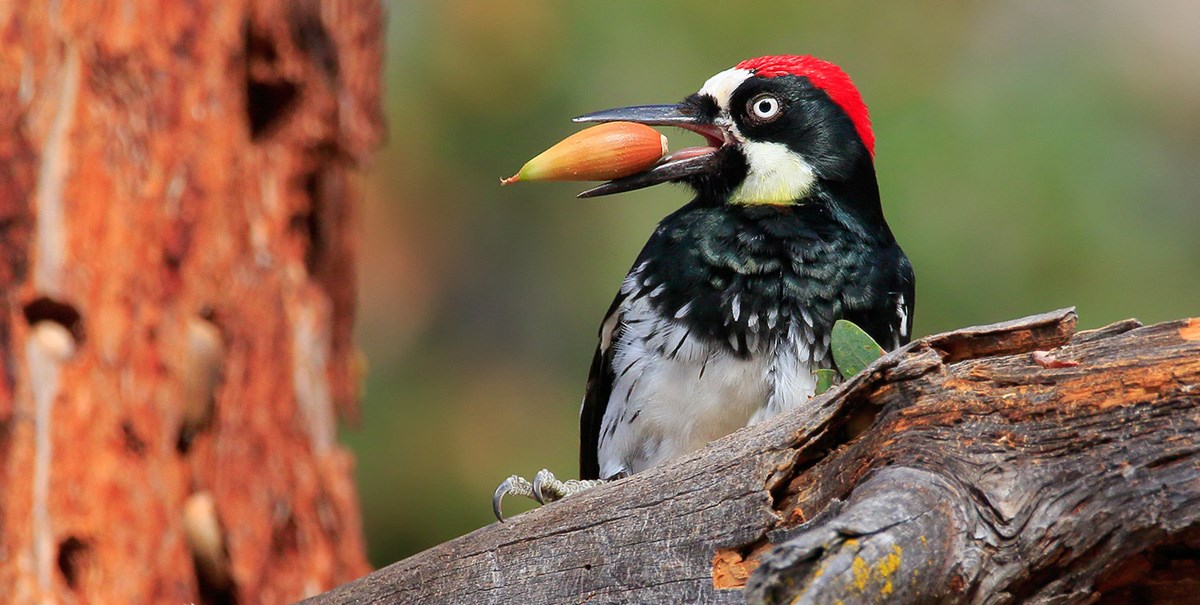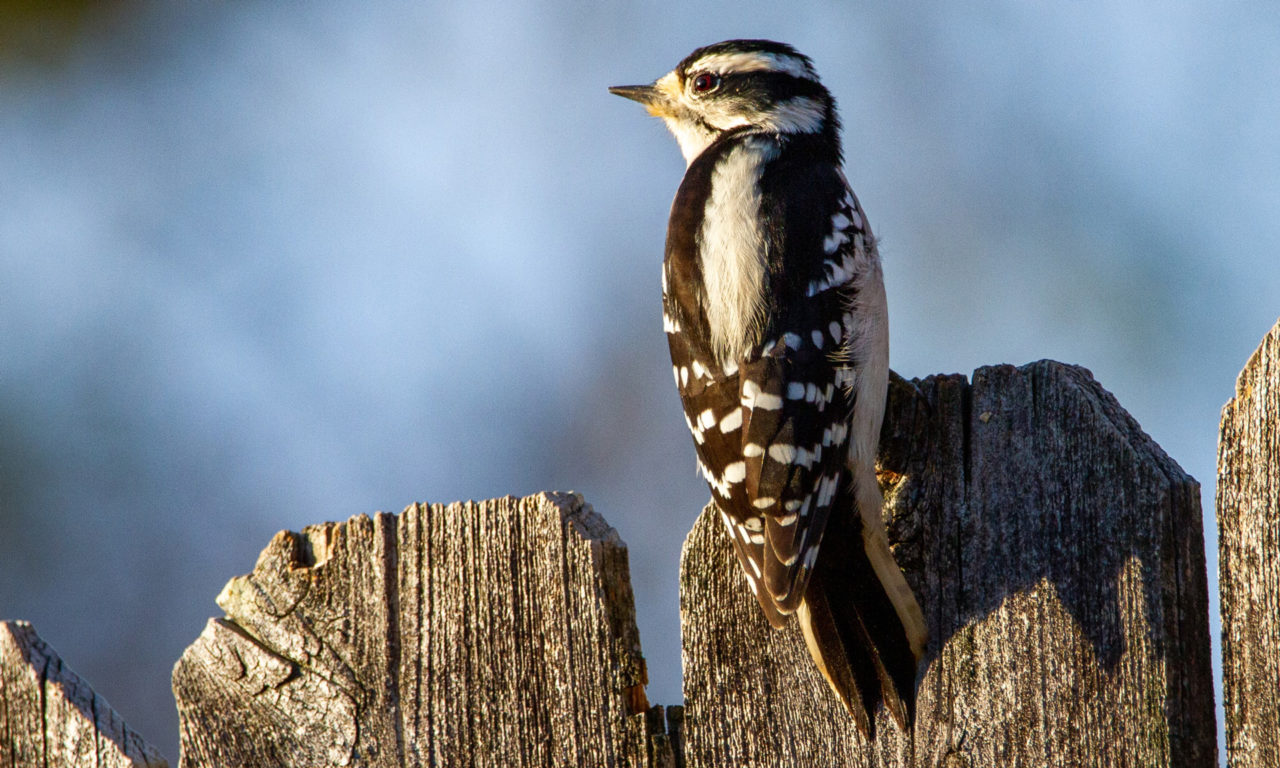Unveiling the Secrets of Woodpeckers: Habits, Environment, and More
Woodpeckers, with their special actions and specialized adjustments, have actually long interested scientists and nature enthusiasts alike. By revealing the secrets bordering woodpeckers' actions and habitat choices, a much deeper understanding of these avian marvels emerges, using a peek into their fascinating globe.
Woodpecker Actions Insights
In analyzing woodpecker actions, an interesting display of specialized abilities and adaptations emerges, losing light on their amazing environmental specific niche. Woodpeckers, known for their unique drumming on trees, have a variety of behavior qualities that add to their survival and success in their environment.
Moreover, woodpeckers exhibit a special feeding habits identified by their capacity to essence pests from tree bark using their specialized beaks. Their long, barbed tongues help in capturing victim, while their solid neck muscles supply security and precision throughout pecking motions. This feeding method allows woodpeckers to access covert insect larvae and remove them with remarkable efficiency.
Habitat Preferences and Option
What factors influence the habitat choices and option of woodpeckers? Woodpeckers are highly adaptable birds understood to populate numerous environments worldwide. However, they do display choices for particular environment characteristics. One critical factor influencing woodpecker habitat selection is the accessibility of appropriate nesting sites. Woodpeckers normally favor woodlands with a mix of fully grown trees that give enough opportunities for cavity excavation. These cavities function as crucial nesting and roosting sites for woodpeckers and are important for their breeding success.
In addition, woodpeckers reveal a preference for habitats with an abundant supply of food resources. They are mostly insectivorous, feeding upon beetles, ants, larvae, and other pests located in rotting wood or tree bark. Woodpeckers often tend to favor wooded locations with a varied insect populace to meet their nutritional requirements.
Furthermore, the presence of dead or worn out trees is another vital aspect in woodpecker habitat option. These trees not only provide food resources but additionally provide ideal substrate for cavity excavation. Dead trees are necessary for the maintenance of healthy and balanced woodpecker populations, as they play an essential function in the woodpeckers' life process and environment characteristics.
Feeding Routines and Diet Structure
Woodpeckers show a specialized feeding actions concentrated on foraging for pests within numerous environments. In enhancement to bugs, woodpeckers likewise take in tree sap, fruits, nuts, and seeds, adding range to their diet depending on the period and schedule of food sources.
The foraging techniques of woodpeckers are well-adapted to their arboreal way of life. Woodpeckers play an important role in maintaining the wellness of forests by controlling insect populaces and helping in the decomposition of timber.
Drumming Seems and Interaction
Utilizing quick drumming noises on various surface areas, woodpeckers utilize a distinctive kind of communication to signal Recommended Reading region limits and bring in companions. This drumming behavior is not just a means of interaction however also offers as a way for woodpeckers to develop their presence within a certain area. The strength, speed, and pattern of the drumming can share essential information to other woodpeckers around.
Woodpeckers utilize drumming sounds to reveal their presence in an area and to warn off prospective intruders. The loud and repeated nature of the drumming works as a clear signal to other woodpeckers that the location is already declared. This aids in decreasing problems and reducing physical battles between individuals.

Survival Adaptations and Specialized Anatomy

Verdict
In conclusion, woodpeckers display special actions, such as drumming sounds for communication, and have specialized composition for survival in their picked environments. Their feeding habits and diet plan structure additionally show their flexibility to various environments. By comprehending these elements of woodpeckers, researchers and preservationists can better shield and protect these fascinating birds and their ecological communities.